TOOL | Customer Identification and Profiling in EdTech
EdTech is unique. Its stakeholders face unique challenges and opportunities. Communicating with these audiences is in some ways easy, since so much information about them and their context is publicly available. However, in other ways, it’s hard: developing a brand voice that stands out can be challenging in a saturated market.
In our experience, we have seen several assumptions get in the way of successful EdTech communication efforts. Among the most detrimental is the idea that audiences – teachers, administrators, students, and parents – are homogenous groups that think alike and share the same values, beliefs, obstacles, and approaches to their work. Or, that the only ways in which these audiences should be distinguished is with respect to their tech literacy and buying power.
Some also mistakenly believe that it is better to cast a wide net and cater to the lowest common denominator to catch as many fish as possible. The truth is, these audiences are far from simple, and failing to recognize their complexity is directly linked to the struggle to attract prospects and build community – not just followers, people that are engaged and responsive.
Customer research shows that within each of these groups (teachers, parents, etc.), there are ideal customer personas that your company should work to define and develop. Once complete, these profiles can be used to target the most relevant audience and communicate in compelling ways. And here’s the kicker: you shouldn’t even bother trying to communicate with anyone else aside from your specific personas. While that may sound easy, the idea of narrowing down your audience in a marketing context is actually quite counter-intuitive.
For example, if you’re selling a new product, you may want to identify who your early adopters will be in order to create more targeted communication. Or, if you have an existing product on the market, you may want to develop a regional or state-focused marketing strategy to appeal to your audience on a local level. Whatever the strategy, customer research and persona building will put you in a position to better attract, nurture, and convert your ideal customers – those whose problems you can solve. The more accurately and precisely you target these right-fit customers, the higher your SaaS conversion rates will be, including freemium and free trial sign-ups. And, the better your B2B lead generation strategies will perform.
A new persona tool for EdTech marketers
To support EdTech marketers in their customer research, we’ve taken the old, generic persona template that you can find just about anywhere online and adapted it for the US education market. Our version includes the things you want to know about decision makers, influencers, and product users (i.e. administrators, teachers, and EdTech coordinators). By collecting these tailored data points about your key stakeholders, you will be able to communicate based on specific pains, shared values, and shared language – factors that are likely to improve marketing results. In fact, successful marketers are 242% more likely to report conducting audience research at least once per quarter.
Some may think that standing out in a saturated market requires creativity – and it does, in part. But more than anything, standing out requires research. When companies do the necessary research to understand the complexities and intricacies of their customer base, they create an evidence-based sandbox that allows them to be more creative. Customer research is how the best marketers reduce risk, get creative, and build trust with their audience.


